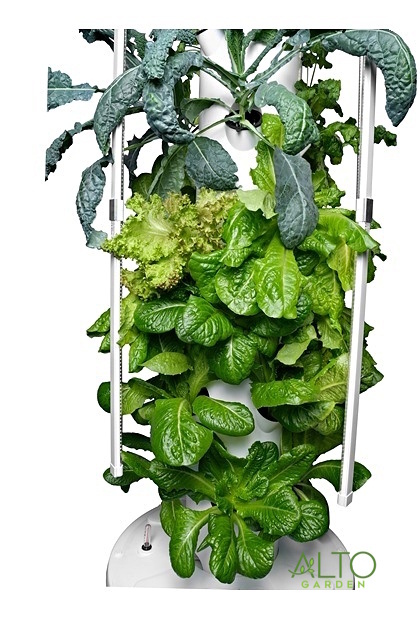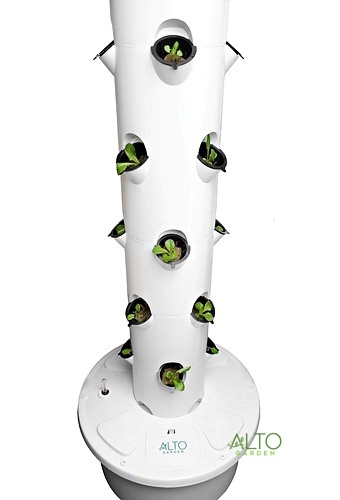Growing your own food is no longer limited by space or soil. Thanks to the aeroponic tower garden, anyone can cultivate a lush variety of vegetables and herbs indoors or outdoors. This modern system provides an innovative, sustainable approach to agriculture, combining technology with nature.
What Is an Aeroponic Tower Garden?
An aeroponic tower garden is a vertical, soilless growing system where plant roots are suspended in air and nourished by a nutrient-rich mist. It recycles water and nutrients continuously, ensuring zero waste and maximum plant health.
How It Differs from Traditional Gardening
Unlike soil-based methods, aeroponics eliminates the need for weeding, tilling, or pesticides. Plants receive nutrients directly through mist, promoting healthier roots and faster growth. The system can be installed in compact spaces, making it ideal for apartments or offices.
The Science of Growth
In aeroponics, the root zone is enriched with oxygen, water, and minerals in perfect balance. This stimulates photosynthesis and nutrient uptake, resulting in vigorous plant growth and higher yields.

Components of an Aeroponic Tower Garden
- Vertical Frame: Holds the plants and misting nozzles.
- Reservoir: Stores nutrient solution.
- Pump: Circulates the mist.
- Grow Lights: For indoor systems.
- Timer: Automates the misting cycle.
Why Choose Aeroponic Tower Gardens
- Grow up to 50 plants in a small area.
- Use 90% less water than soil gardens.
- Enjoy cleaner, pest-free produce.
- Eliminate harmful fertilizers.
- Get year-round harvests indoors.
Mid-Content Anchor Example
More families are turning to the aeroponic tower for year-round produce. From leafy greens to fragrant herbs, this self-sustaining garden brings farm-fresh nutrition right into your home.
Setting Up Your Aeroponic Tower Garden
Setting up is simple. Position the tower in a bright area, fill the tank with water and nutrient mix, and connect the pump. Once seedlings are placed in the grow pods, the system automatically mists roots at intervals.
Maintenance Tips
- Check water levels regularly.
- Clean the pump and reservoir every two weeks.
- Use organic nutrient solutions for better taste and sustainability.
Environmental Benefits
Aeroponic systems reduce land use, water waste, and carbon emissions. They also promote local food production, cutting down on transport and packaging waste.
Ideal for Urban and Commercial Use
Restaurants, schools, and homeowners use aeroponic towers for sustainable food production. Commercial farms adopt these systems for consistent yields and lower operational costs.
Summary
An aeroponic tower garden empowers individuals and communities to grow food efficiently and responsibly. It’s an eco-friendly, space-saving technology that turns any corner into a productive green oasis.
FAQs
Q1. Do aeroponic towers need sunlight?
Yes, they thrive under sunlight or with LED grow lights for indoor setups.
Q2. Are aeroponic gardens expensive to maintain?
No, they have minimal ongoing costs after setup, mainly nutrients and electricity.
Q3. Can aeroponic towers be used commercially?
Absolutely. Many commercial farms use them for large-scale vegetable and herb production.


